Traveling to Montana to visit Bannack Ghost Town with my Digital Imaging class was so much more fun than I thought it would be. I learned a lot about photography and made some new friends along the way.
One of our assignments was taking portraits. This was the first time I had shot portraits using Auxiliary Light. Not only did I learn how to use added light when taking portraits, but I also learned the many benefits of added light.
Portraits Using Auxiliary Light
Following are a few examples of the portraits I was able to shoot using different forms of Auxiliary Light.
The following portrait was shot using a continuous LED light along with the natural window light:
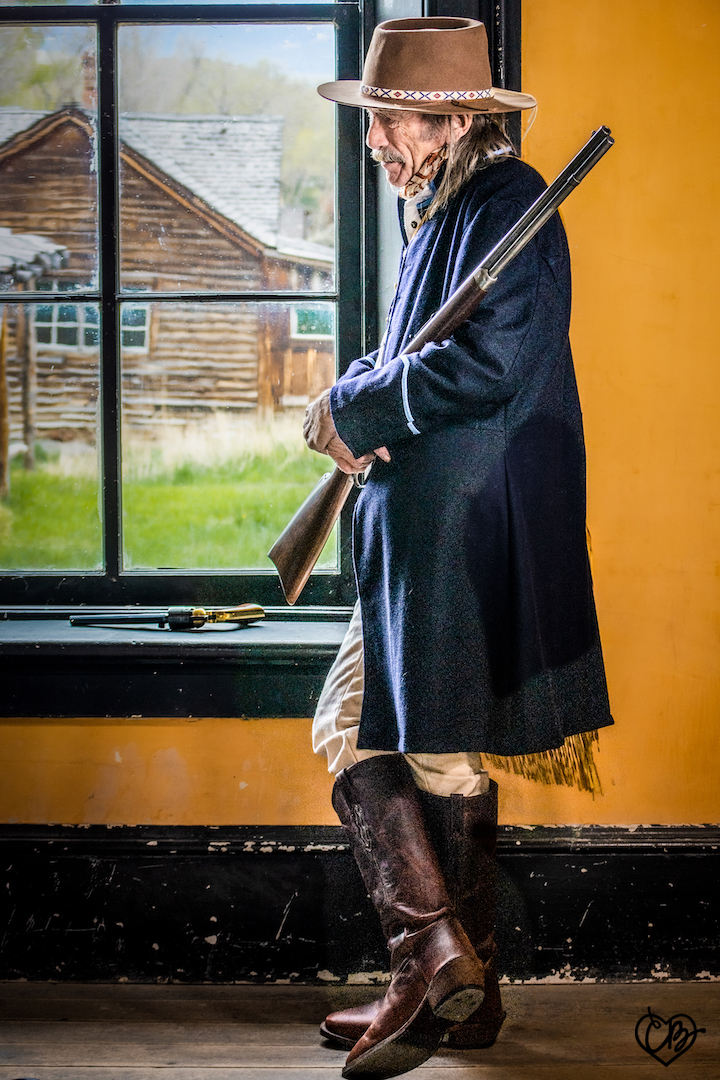
The next photo was taken using a Rouge Speed Light. This was the first time I’d ever used an off-camera flash and learned what it meant to put a flash in SL mode (or Slave Mode).
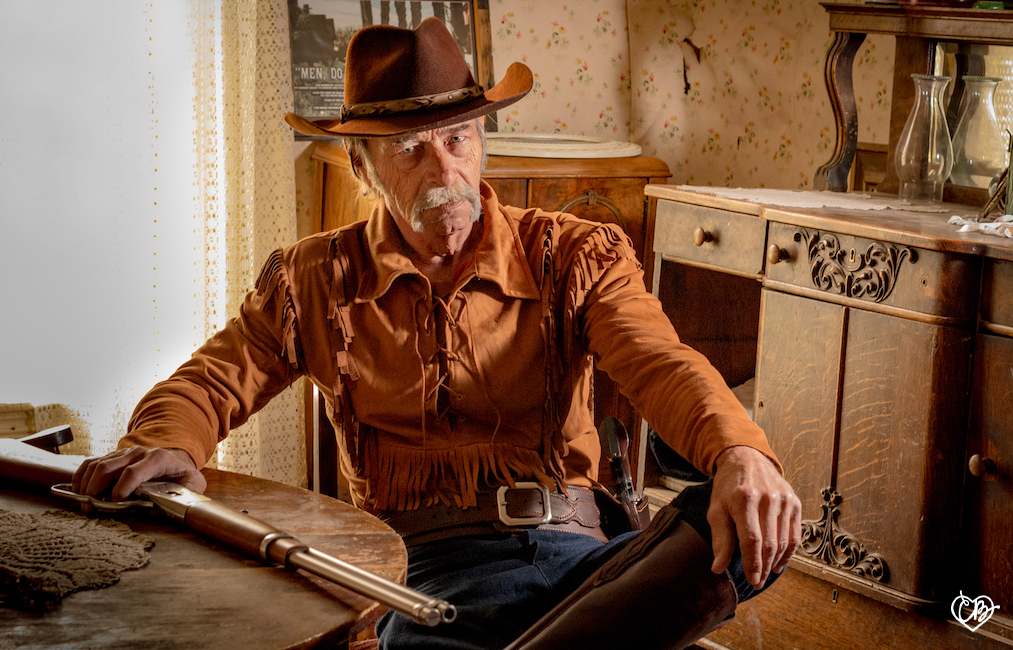
Below was a photo shot outdoors using a Godax AD200 Strobe Light.
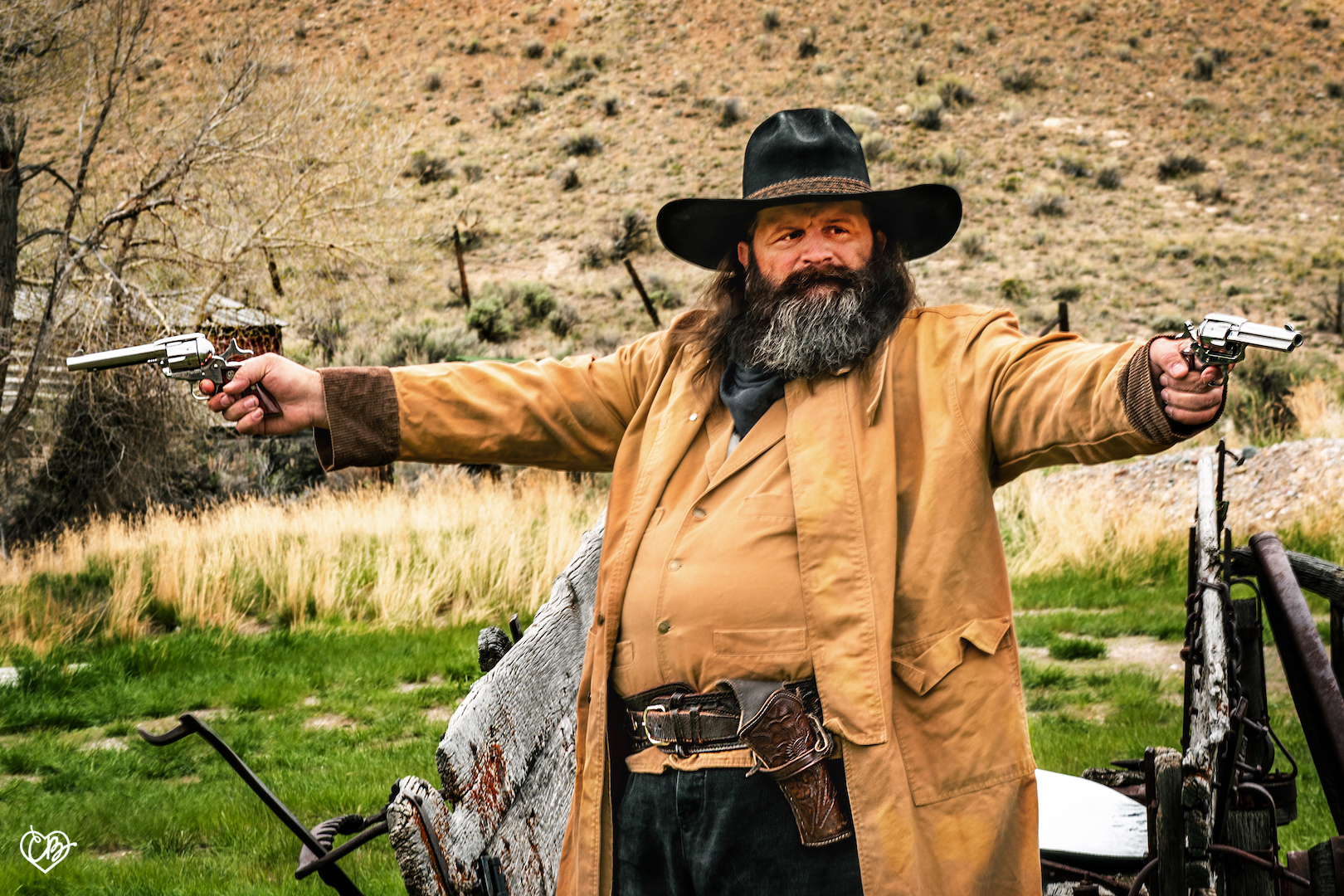
Group Portrait with Auxilary Light
The following shot was taken using Einstein Strobe Lights. I was shocked at how much adding light can improve photographs and make them look more professional.
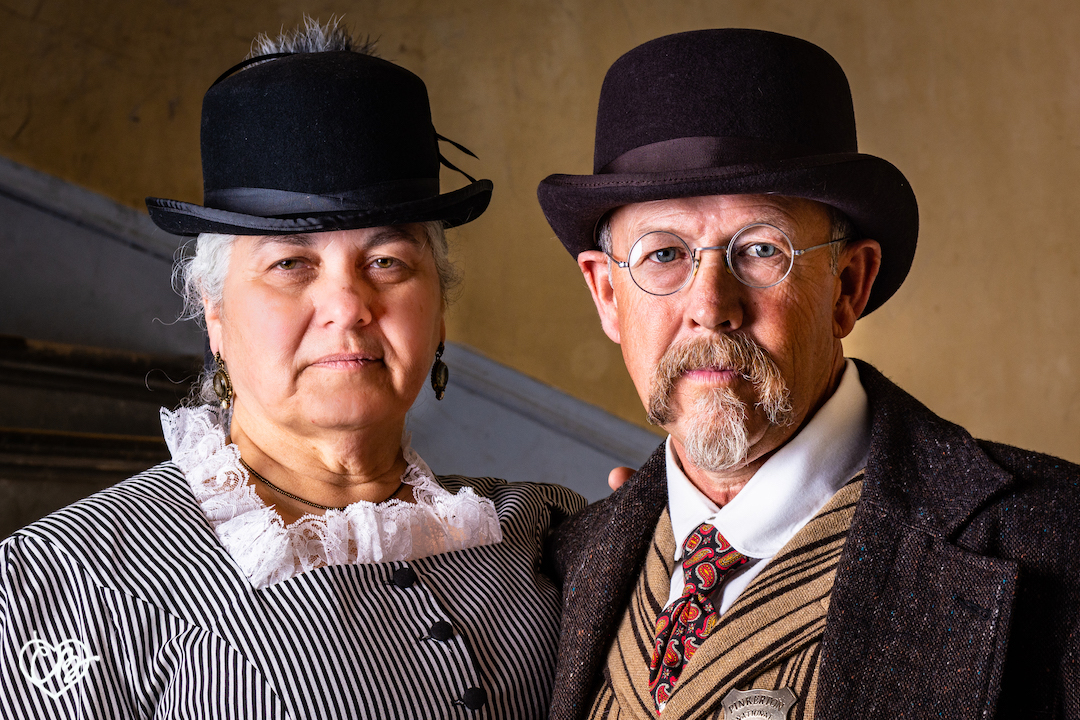
Before & After Portraits
Next, I’ll share a couple before and after shots. Both of the photos I am sharing were shot outside in overcast weather.
This first before and after shot was an experiment with reflected light. First, you will see the photo taken without a reflector around noon on a cloudy day:
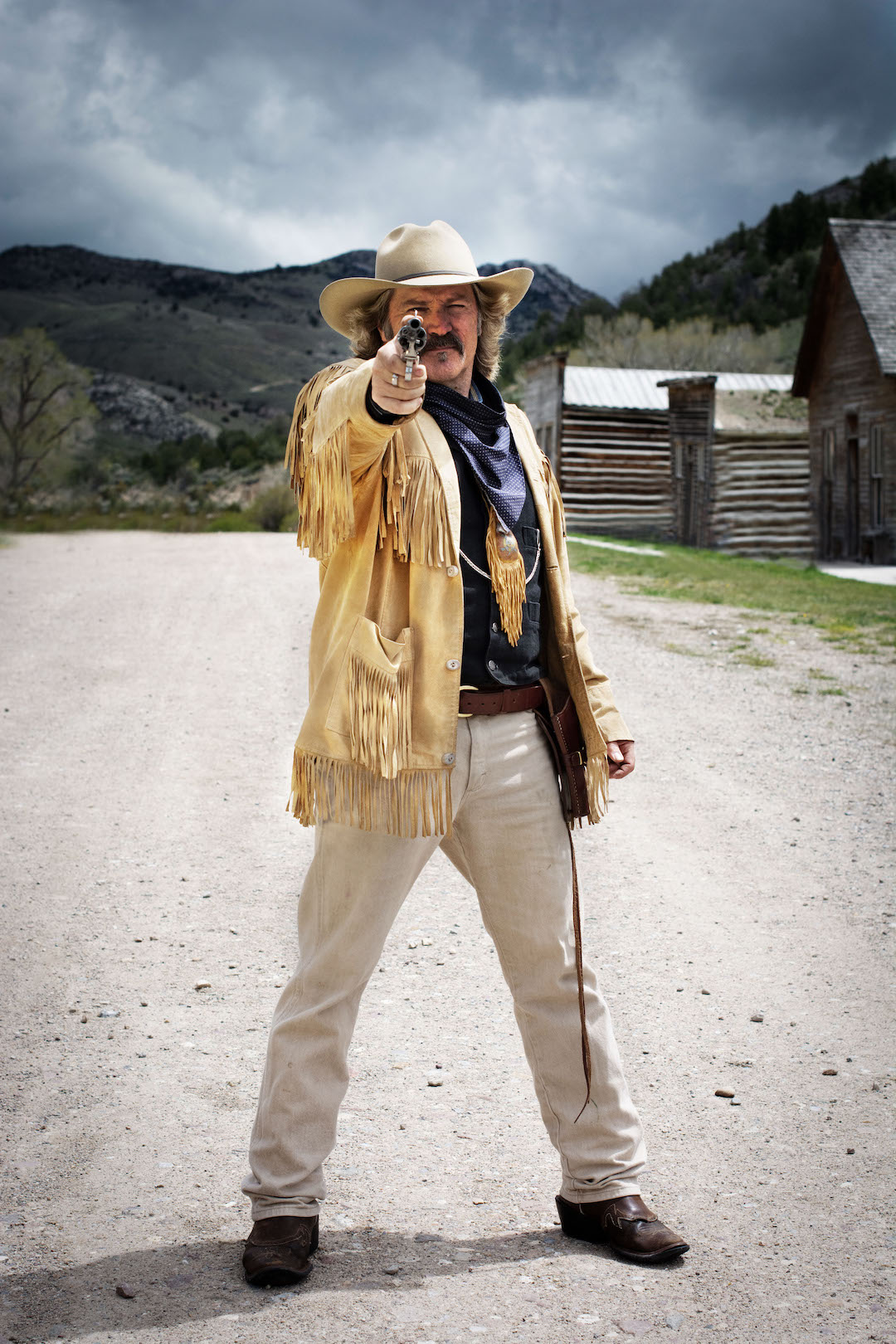
Next, you will see the photo taken with a gold reflector:
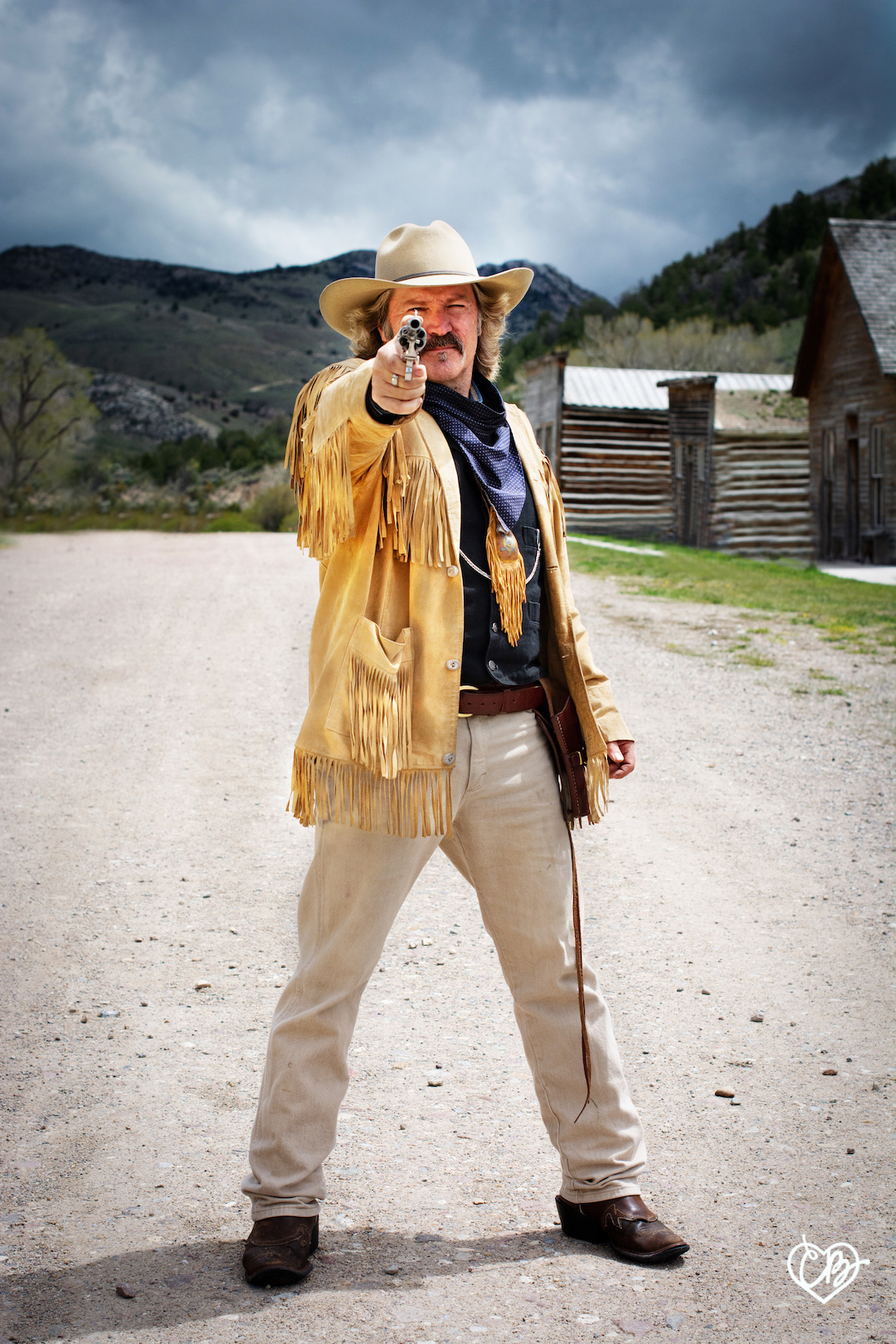
So much better, don’t you think?
The next photo was taken outdoors in the evening. This before shot shows the shot straight-out-of-the-camera with no flash or edits:

For the after shot, an AD500 Strobe light was used:
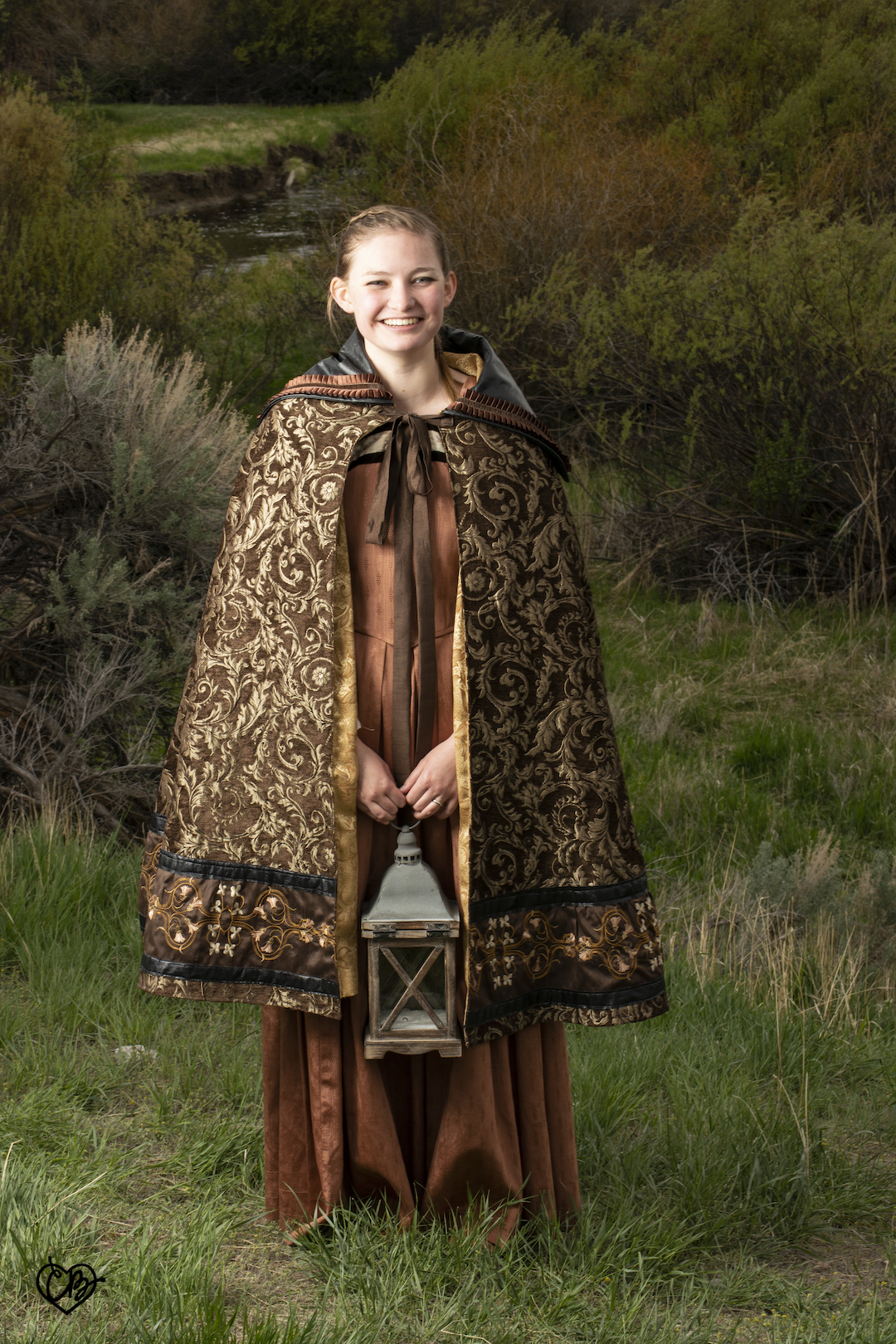
It’s a huge difference! This shows the benefits of adding light during a portrait shoot, even when outdoors.
I learned a lot during this day-long photography excursion. I will most definitely be using added light when I shoot portraits.
